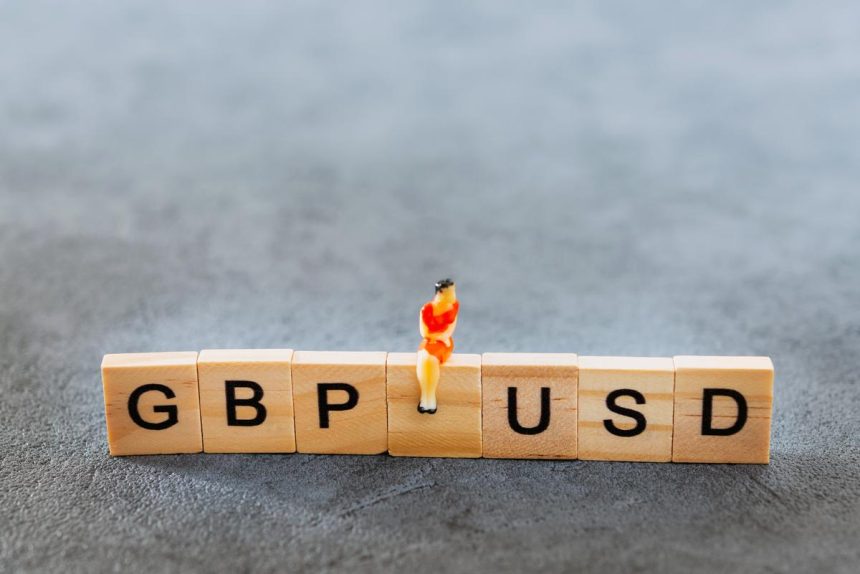Pound Sterling is trading approximately 1.3000 against the US Dollar, based on US/UK data.
In Tuesday’s London session, the pound sterling (GBP) goes sideways slightly below the psychological resistance level of 1.3000 against the US dollar (USD). The GBP/USD pair struggles to extend its gains as the US Dollar strengthens. Following Federal Reserve Chair Jerome Powell’s address at the Economic Club of Washington on Monday.
The Fed’s Powell said that recent inflation readings have increased confidence in disinflation to 2%.
The US Dollar Index (DXY), which measures the value of the US dollar against six major currencies, maintains its crucial support level at roughly 104.00.
Powell recognized the recent Inflation data has increased confidence. That inflation will return to the target rate of 2%. However, he stated that authorities should develop more confidence before considering interest rate reduction.
Separately, San Francisco Federal Reserve Bank President Mary Daly stated. That “confidence is growing” that inflation will approach the 2% target. Daly declined to provide a timeline for rate decreases. She went on to say that the central bank should keep interest rates low enough to keep inflation under control but not so low that they impede job growth.
In Tuesday’s session, investors will focus on the US Retail Sales report. Which is likely to show that sales at retail stores stayed constant in June following a small gain. 0.1% in May.
Daily Market movers: Pound Sterling remains steady ahead of the UK data-packed week.
The pound sterling remained generally bullish against its major counterparts on Tuesday. With the focus on the United Kingdom (UK) Consumer Price Index (CPI) for June and employment statistics for the three months ending May. Which will be published on Wednesday and Thursday, respectively.
Investors will pay special attention to inflation figures, as they will indicate whether the Bank of England (BoE) will begin lowering interest rates at the August meeting, as expected by financial markets. Economists predict the annual headline and core CPI, which exclude volatile food and energy costs, to increase by 2% and 3.5%, respectively. Monthly headline inflation is estimated. to have increased at a slower rate of 0.1% over the previous reading of 0.3%.
Aside from the conventional inflation components. Investors will be closely watching the state of pricing pressures in the service sector. Which has been a major impediment to BoE policymakers calling for early rate cuts.
Dhingra of the Bank of England favored lower interest rates sooner.
Swati Dhingra, an external member of the BoE’s Monetary Policy Committee, expressed concern on Monday about constraining consumer expenditure as a result of the continued use of a restrictive interest rate regime. She backed lowering borrowing rates, believing that inflation is unlikely to rise rapidly again.
Meanwhile, the ILO Unemployment Rate for the three months ending in May is expected to remain constant at 4.4%. During the same period, other crucial components on which market participants will closely focus are Average Earnings, Excluding and including bonuses. A significant indicator of salary increase that drives service inflation. Excluding and including bonuses, salary growth is expected to slow to 5.7%.









